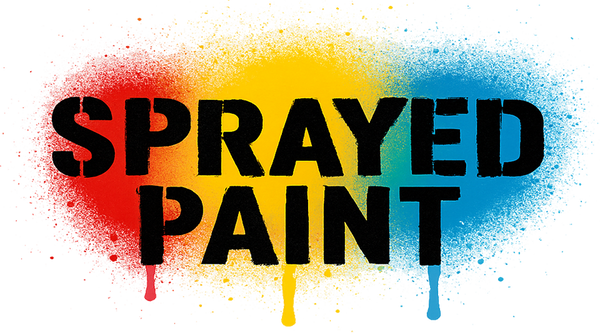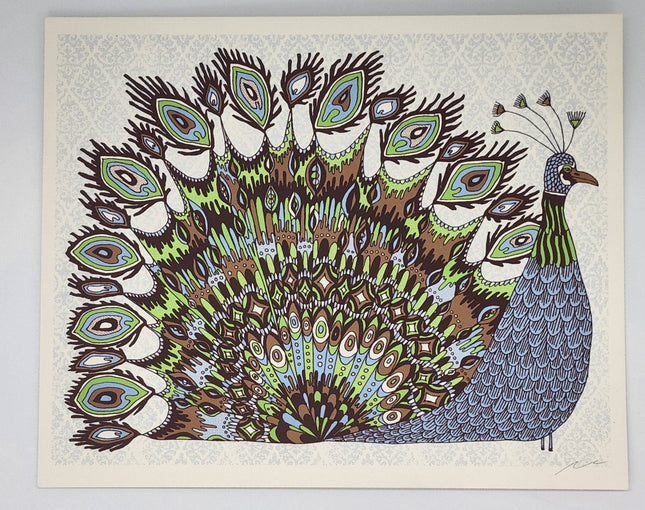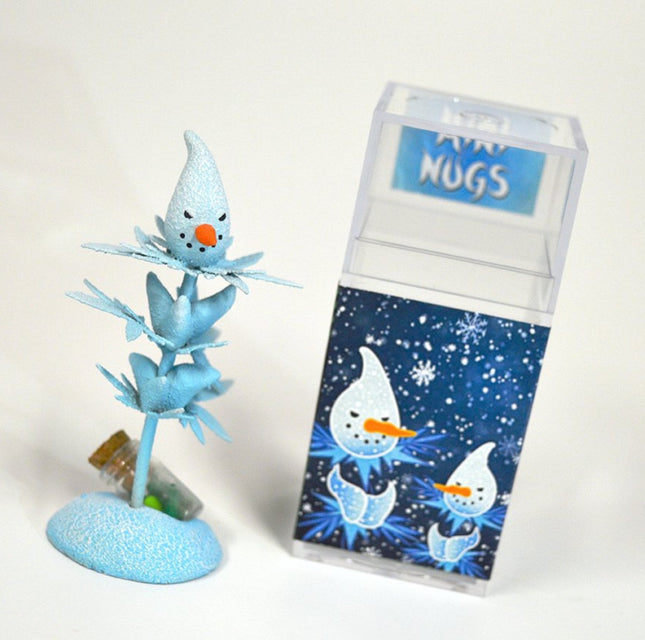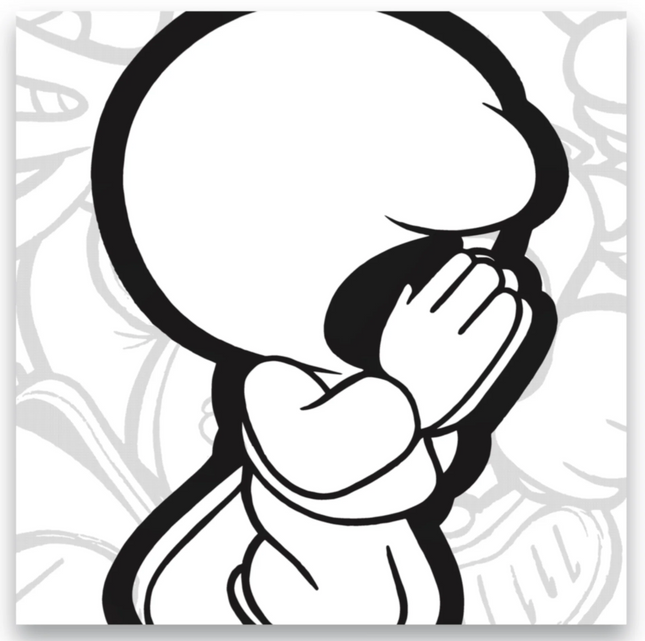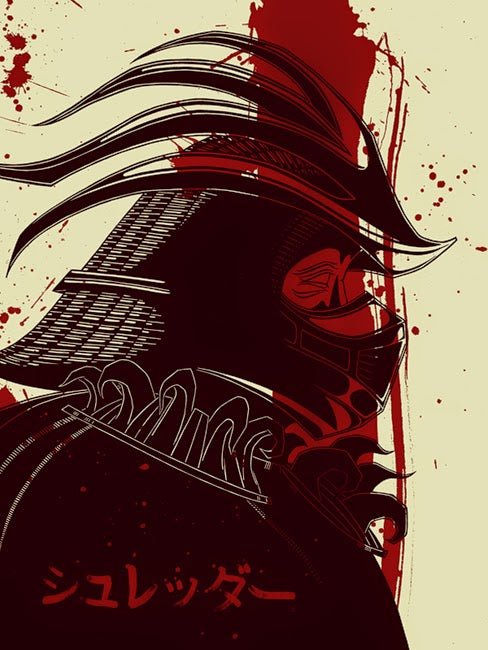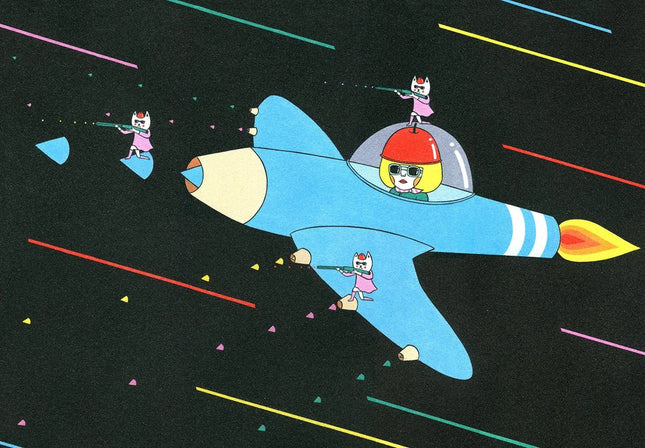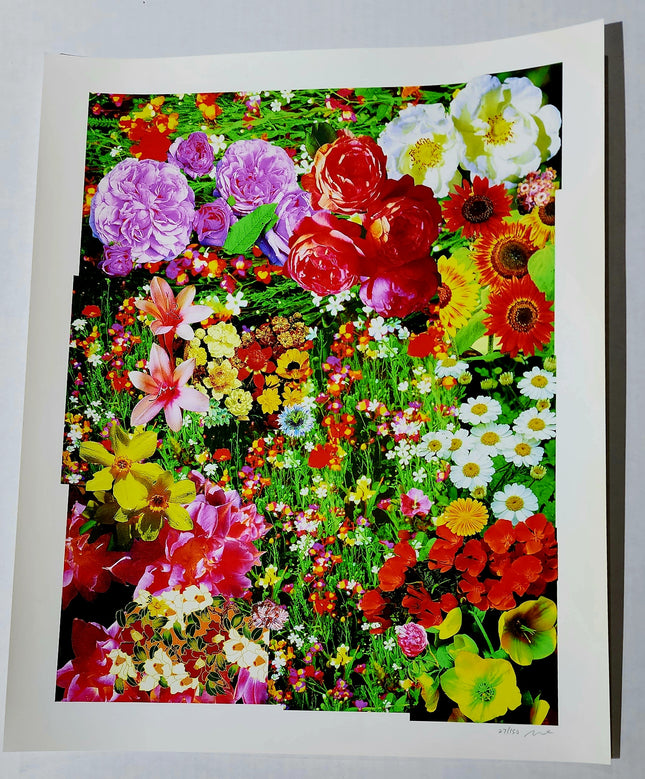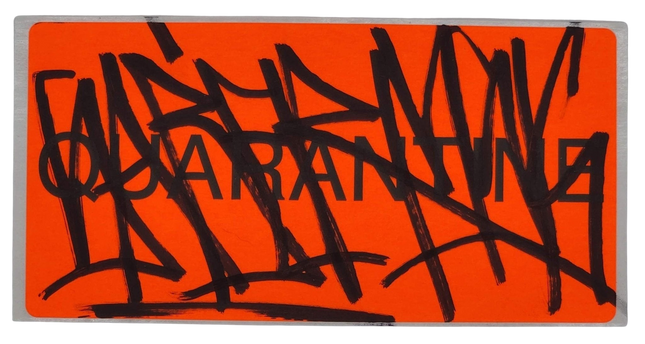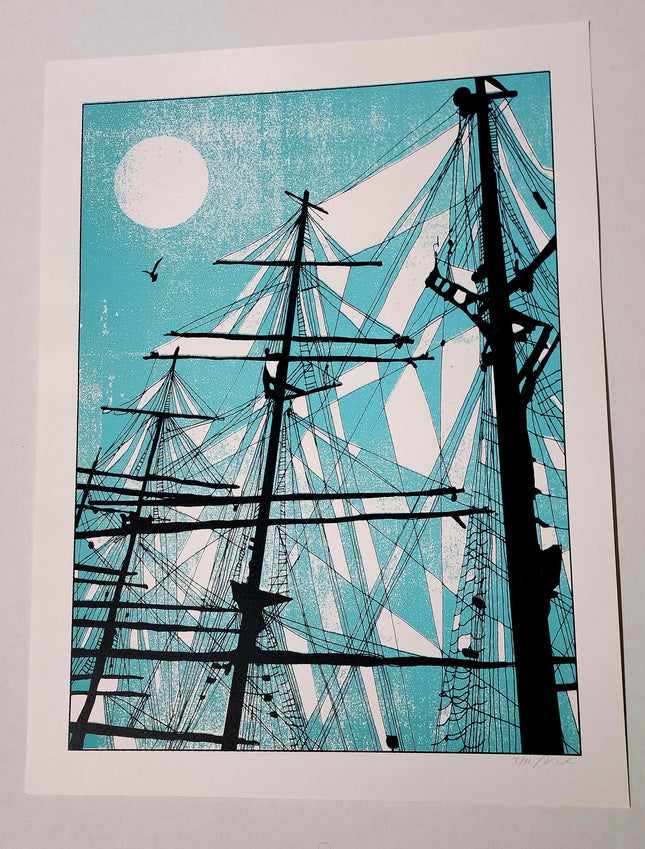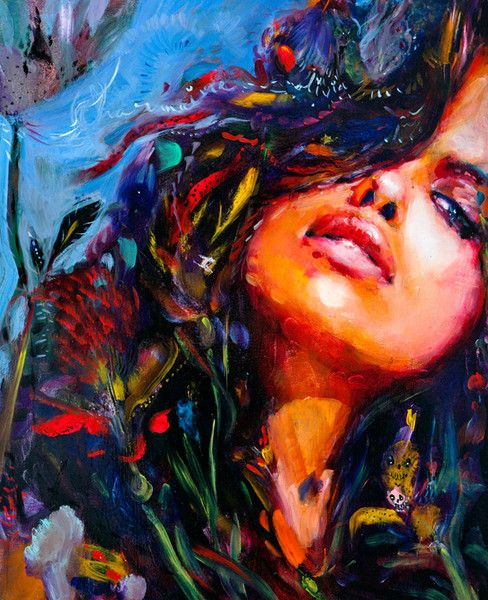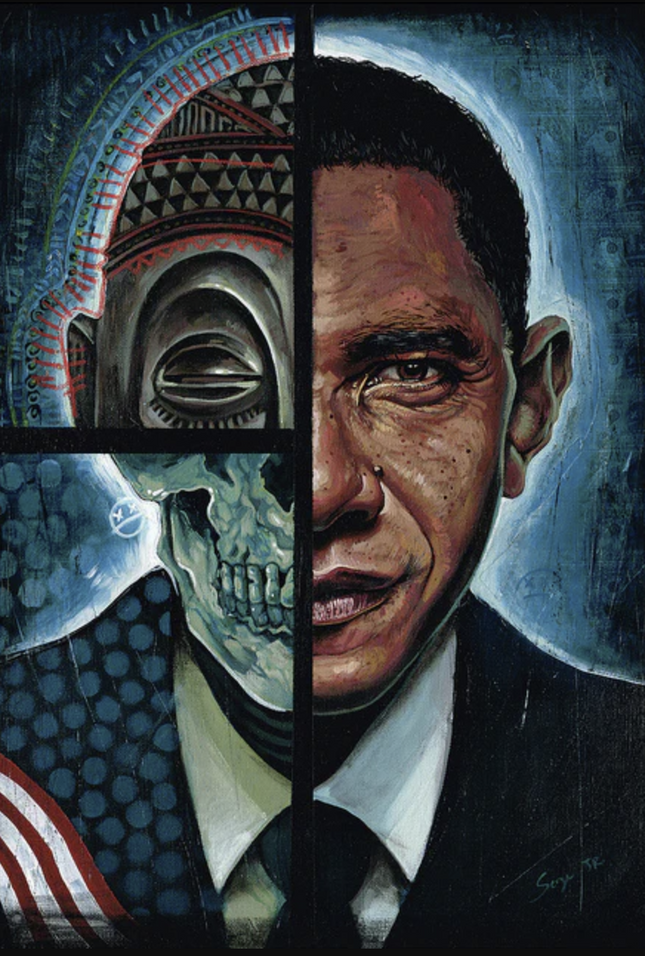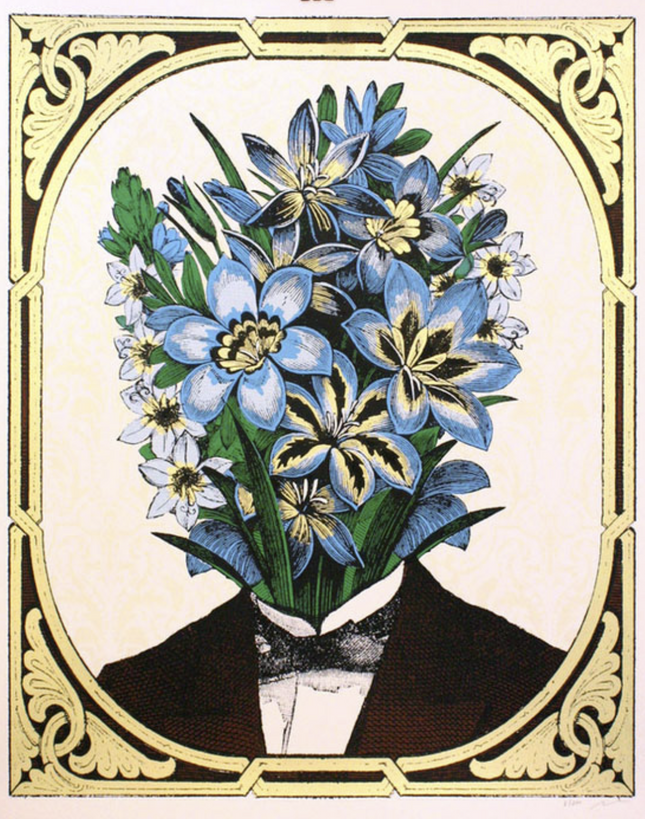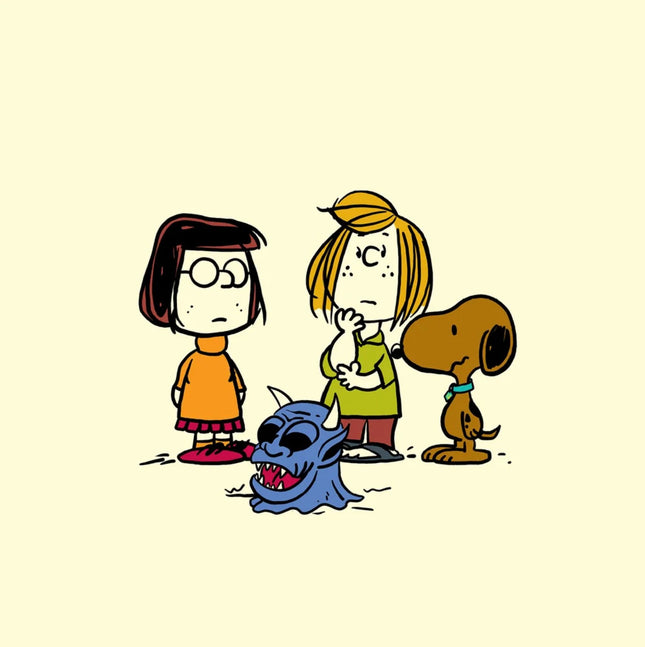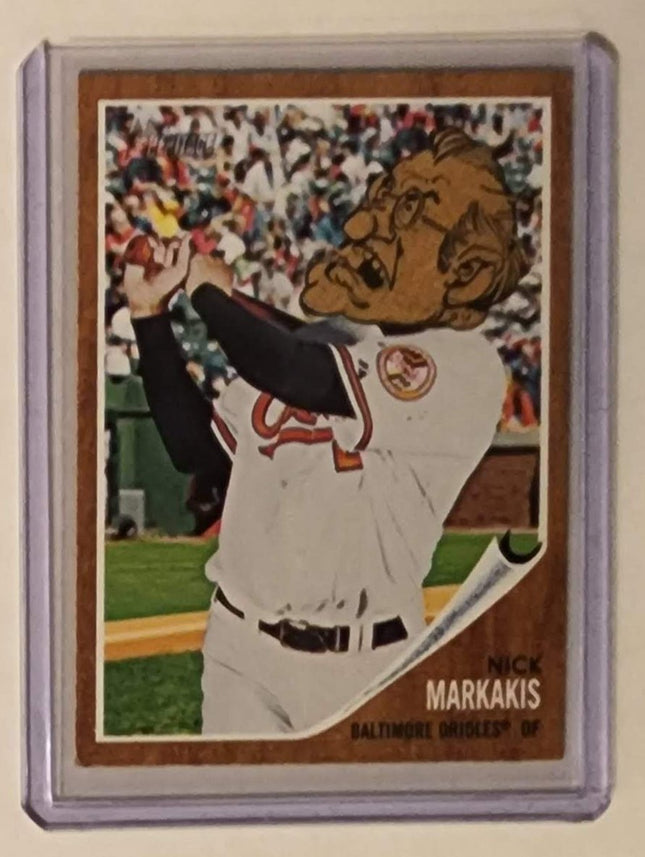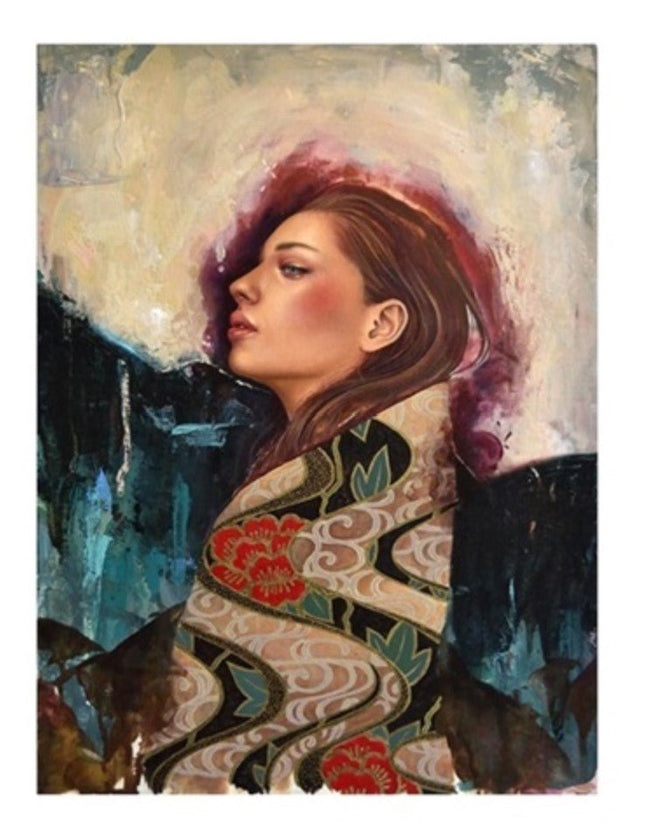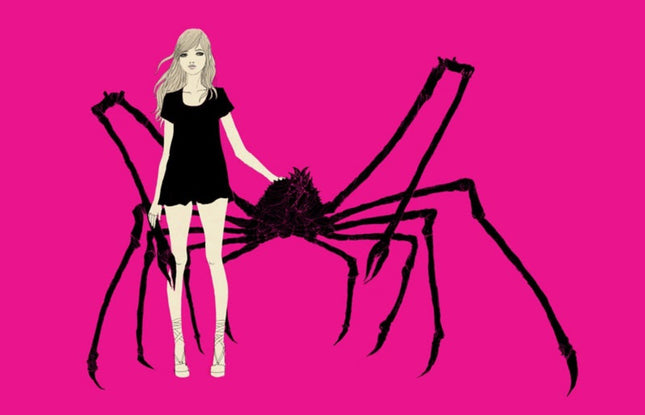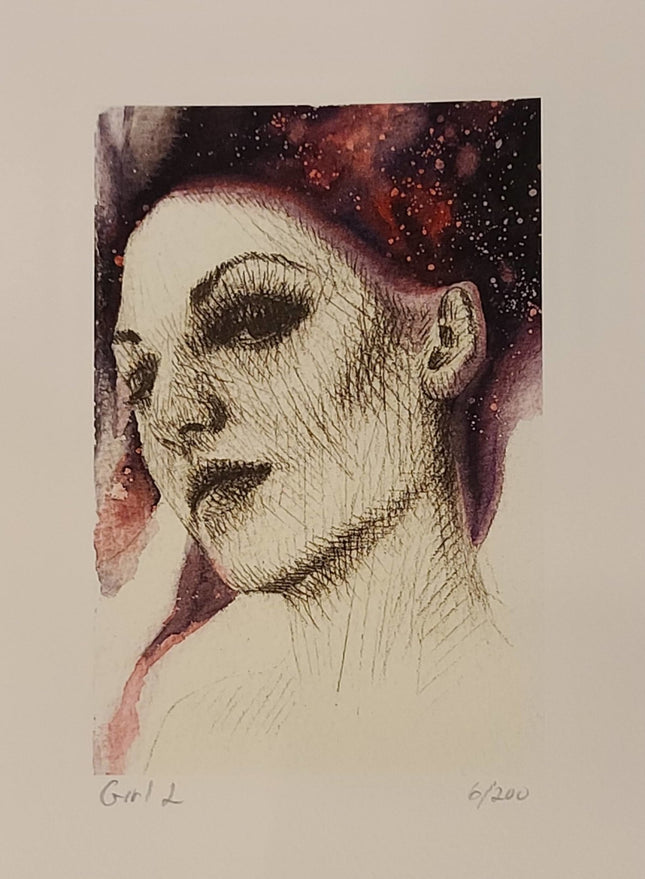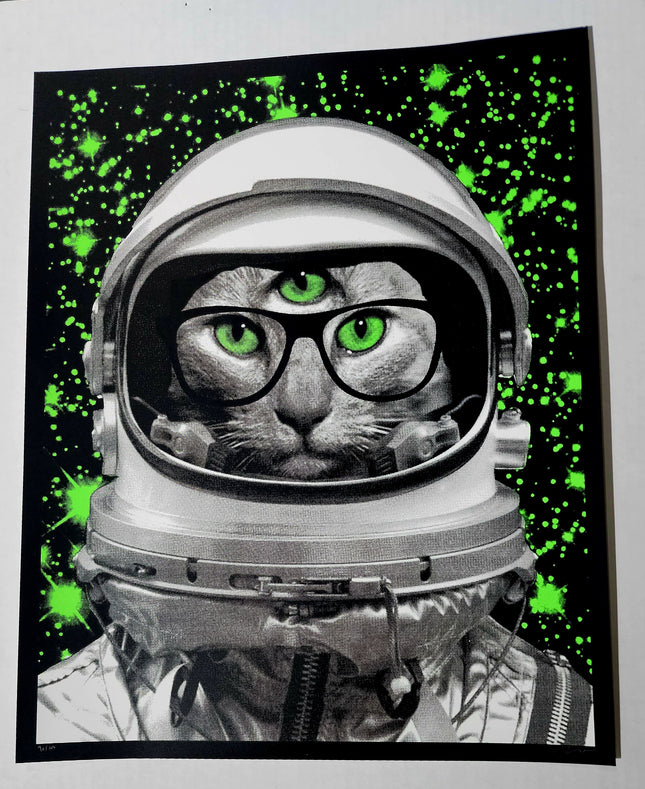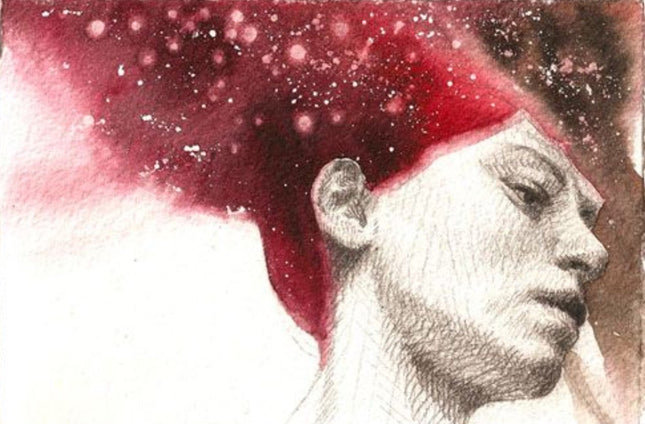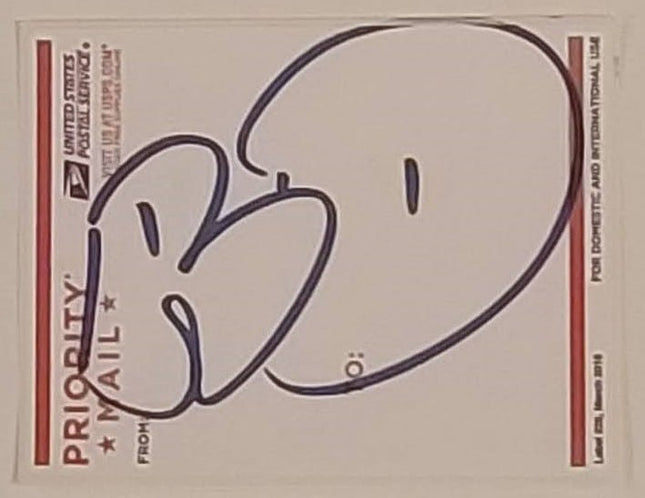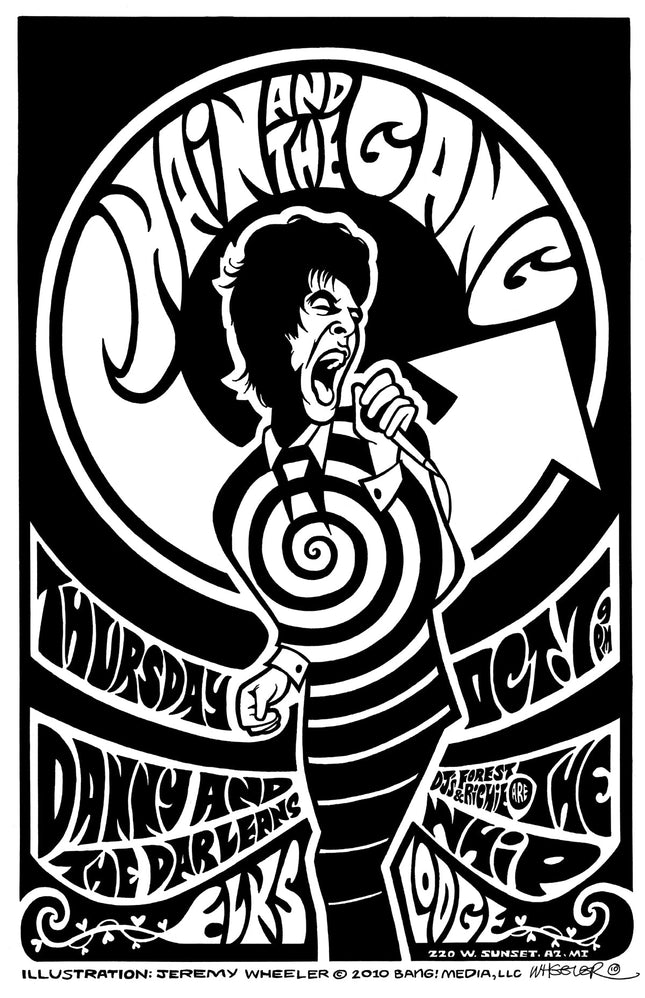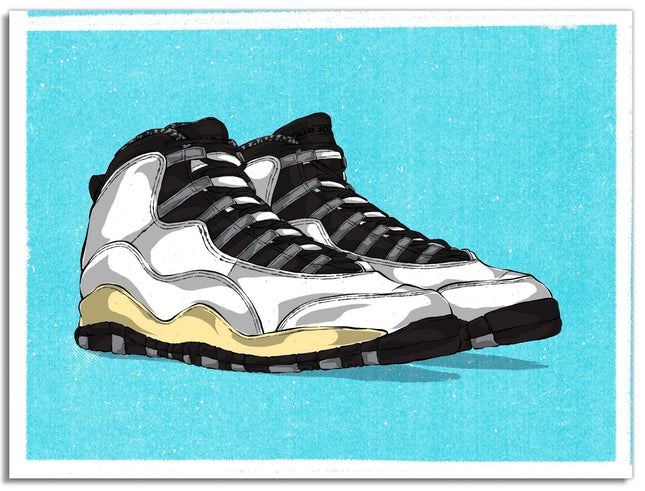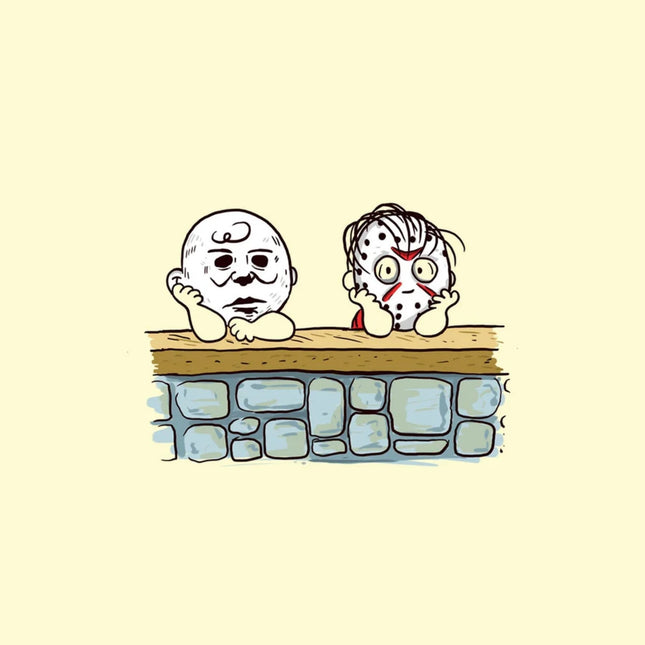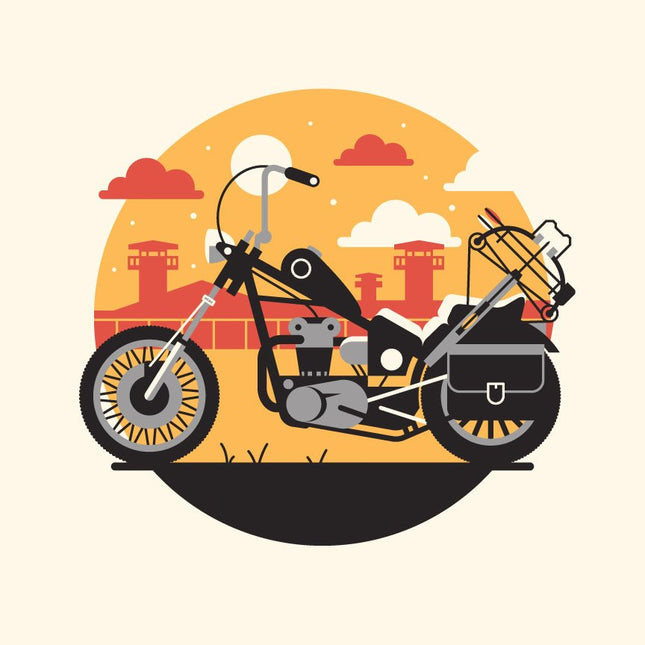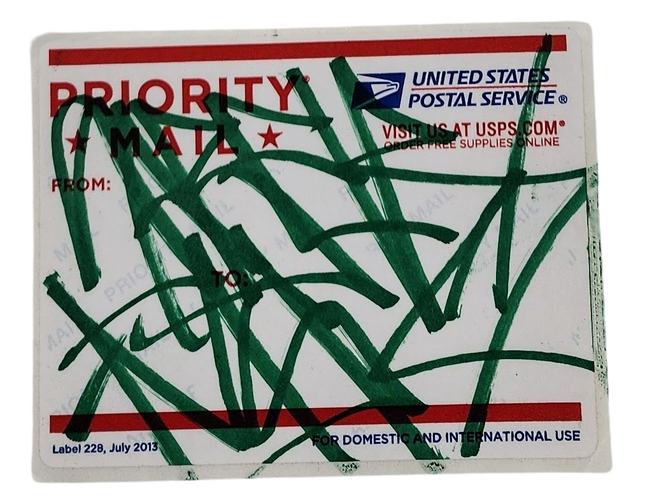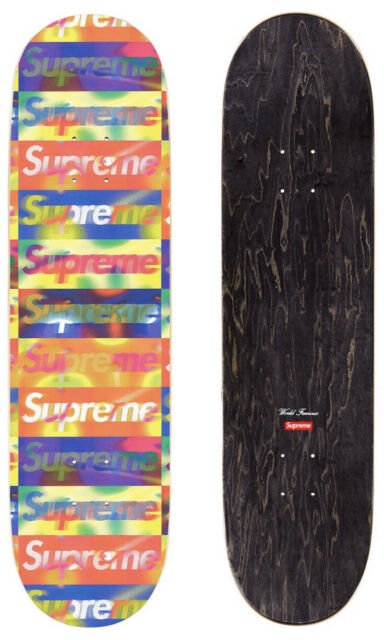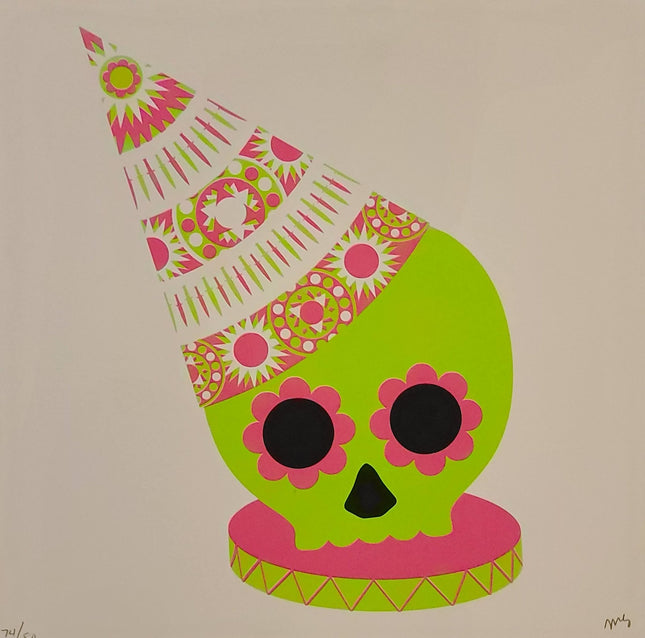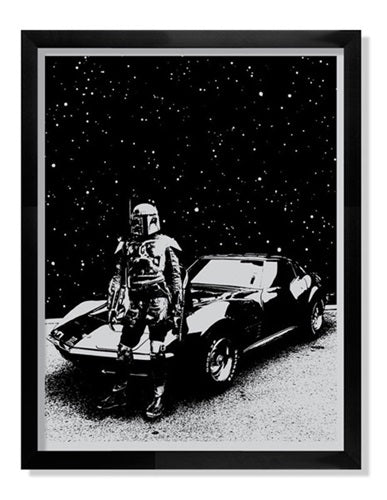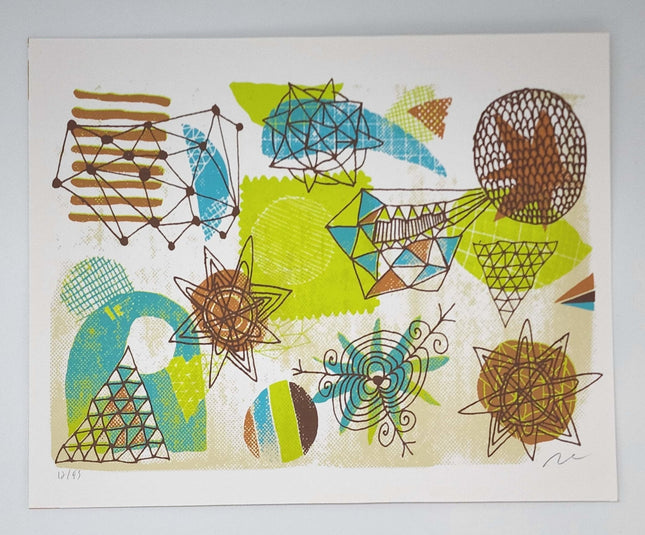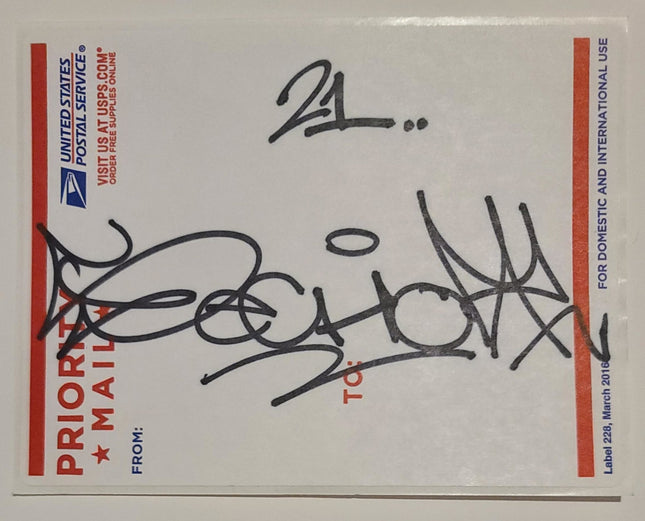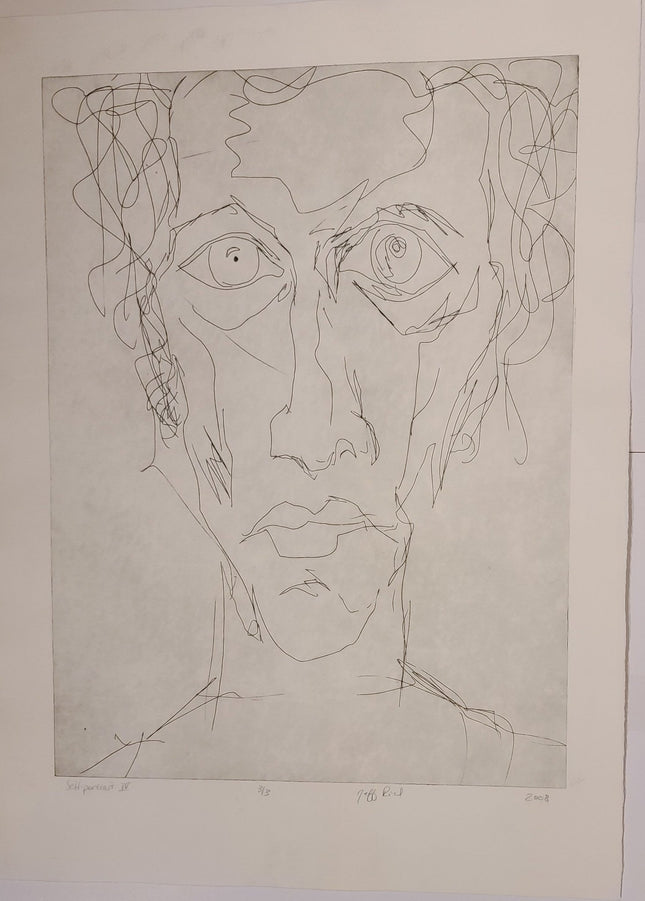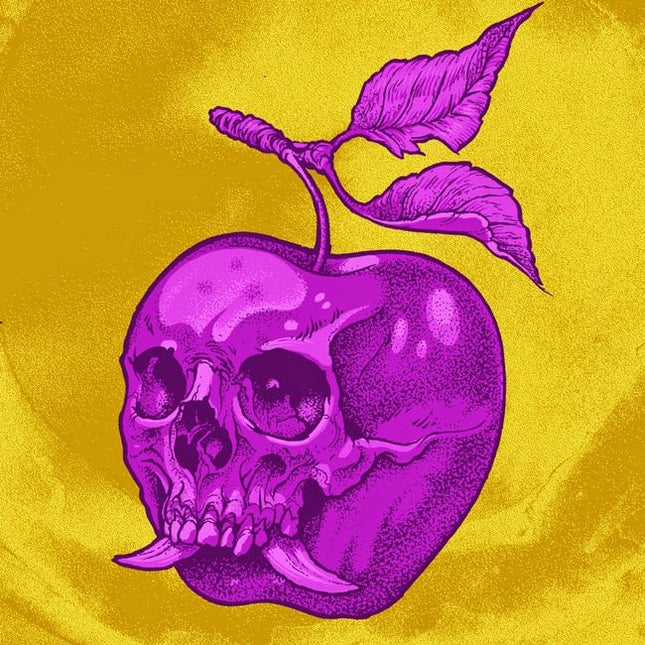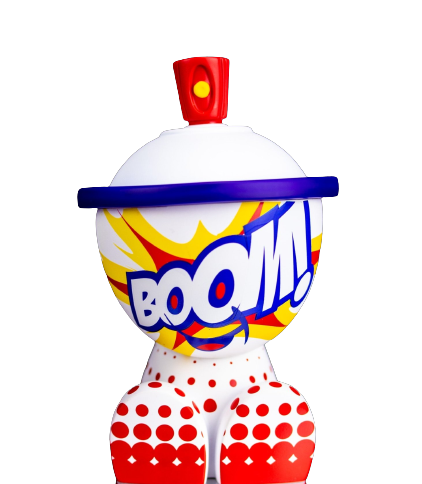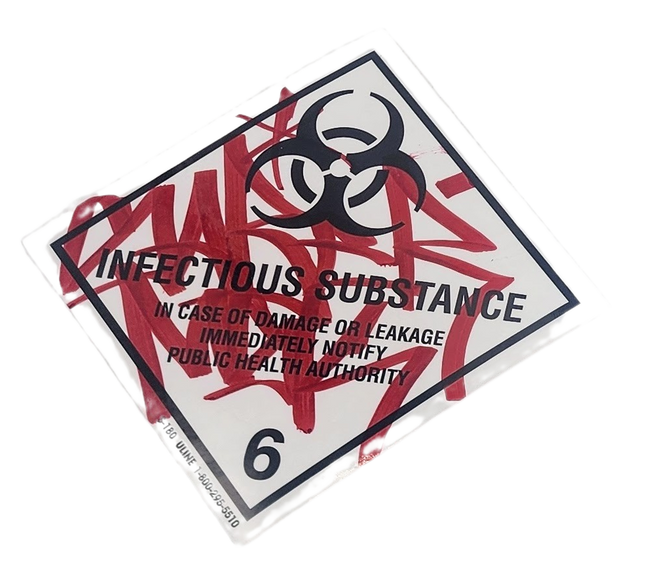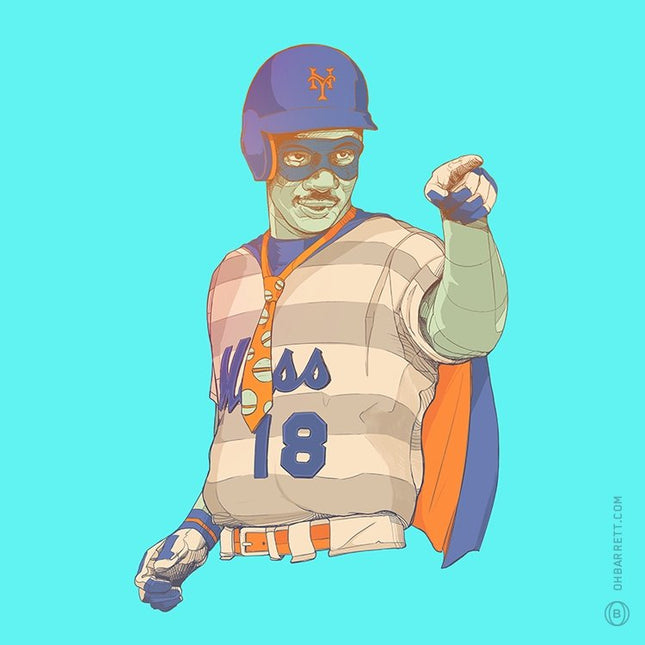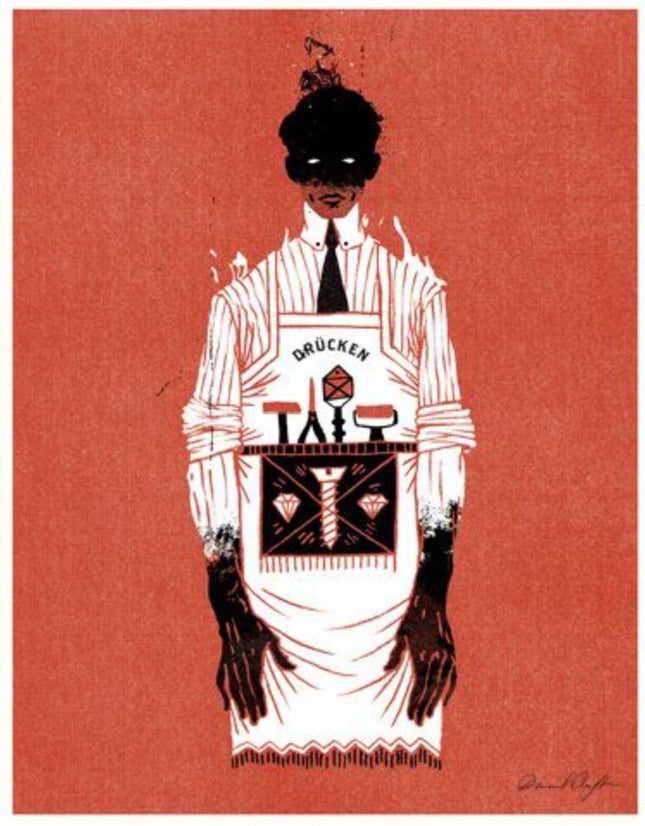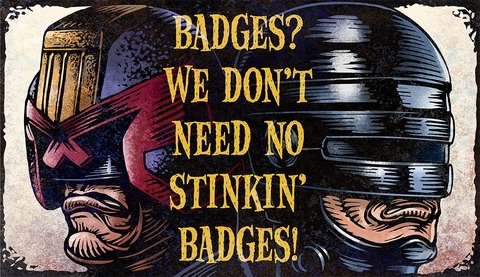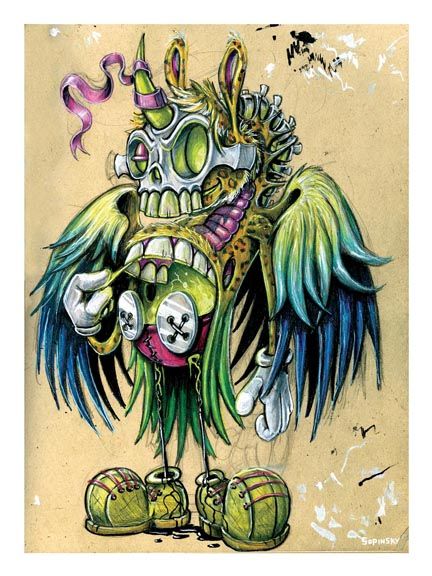
Inexpensive Artworks in Street Pop Art & Graffiti Artwork
Inexpensive artworks play a vital role in the ecosystem of Street Pop Art & Graffiti Artwork by providing access to new collectors, supporting emerging artists, and sustaining cultural momentum. These works often come in the form of small edition prints, open run posters, zines, hand-finished minis, and artist-produced merchandise such as stickers or screen-printed patches. Priced affordably, they allow collectors to engage with meaningful contemporary art without the financial barrier that typically accompanies investment grade or blue-chip works. Inexpensive does not equate to lesser value in artistic terms. Many of these pieces carry original ideas, thoughtful design, and emotional resonance. They often serve as first encounters with an artist’s voice and a stepping stone into deeper collecting or engagement with a movement.
Accessibility and Artist Visibility
One of the defining features of inexpensive artworks in this space is their accessibility. Artists like Denial, Shepard Fairey, and Tara McPherson have made efforts to release lower-priced items alongside limited edition prints and original canvases. This democratizes art ownership and builds stronger relationships between artists and their audiences. These works are usually made with the same attention to design and message as their higher-tier counterparts. While the scale or production method may differ, the intention remains consistent. Collectors gain access to authentic visual statements from artists shaping the language of pop culture, protest, and identity. The visibility generated by these accessible works often amplifies artist profiles, supporting their long-term creative trajectory and maintaining the public relevance of Street Pop Art & Graffiti Artwork.
Production Formats and Materials
Inexpensive artworks tend to use straightforward formats such as digital offset printing, hand-pulled mini screenprints, or risograph editions. Materials might include recycled card stock, newsprint, or budget-friendly archival paper. These choices are both economical and conceptually aligned with the aesthetics of street art, which has always thrived on raw surfaces, mass reproduction, and rapid dissemination. Artists may release small studies, early sketches, or hand-signed postcard prints as a way to offer original content at a reduced cost. This production scale maintains intimacy and makes each piece feel personal, even when priced modestly. Collectors often find charm in these smaller, rougher works, viewing them as authentic extensions of an artist’s creative process.
Cultural Value and Collector Engagement
The true value of inexpensive artworks in Street Pop Art & Graffiti Artwork lies in their cultural accessibility. These pieces act as entry points for new collectors, gifts for loyal fans, and tools for spreading visual ideas outside of traditional gallery spaces. They allow art to remain integrated into daily life, unconfined by glass frames or exclusive price points. Whether taped to a wall, pinned to a corkboard, or framed in a small corner of a room, these works carry with them the urgency and immediacy of their origin. They contribute to a broader cultural archive, preserving the spirit of graffiti and pop narrative in a format that is shareable, attainable, and enduring. Inexpensive artworks keep the language of the street alive—circulating it through hands, homes, and hearts without ever compromising the integrity of the message.
